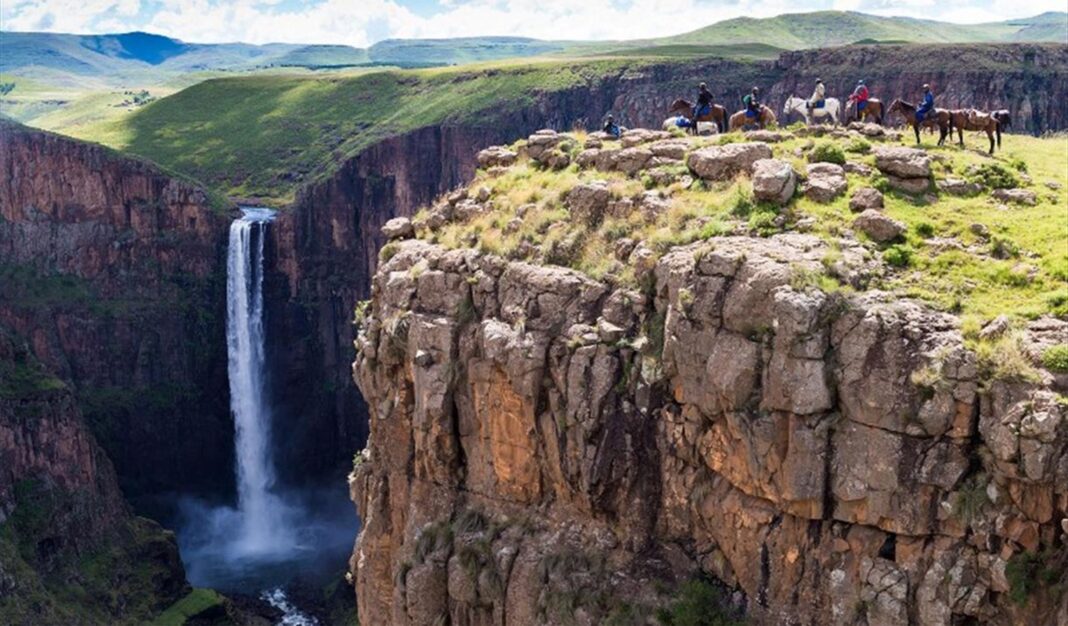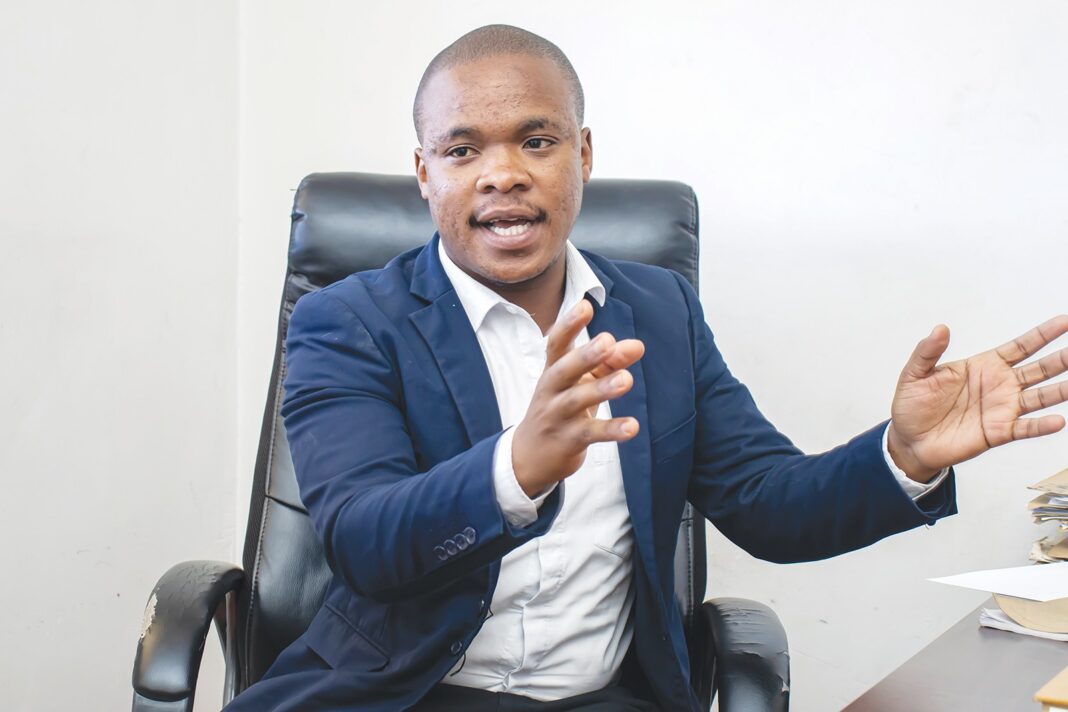By Neo Kolane
A 22-year long power black-out in the town of Semonkong and the local villages is to be a thing of the past once electricity supply is restored in the area, it has been said.
This mountain town and its outskirts have been plunged into regular darkness in the two decades making life difficult for the power users as load shedding ensued.
Since January 2016, power supply to Semonkong town is being generated by alternate use of both hydro and diesel.
When there is no enough water from the Semomkong River, the power supply becomes highly limited.
The affected villages which experience load shedding between 8:00am to 10:00pm are Leteketa, Polateng, Khonyeli, Semonkoaneng, Lesala and Moahloli.
Speaking on behalf of the community ‘Malerato Sefako explained that unlawful acts such as burglary and housebreaking become rampant after the hours of 10:00 pm when power outage hits.
Sefako also mentioned that shops and households are broken into while some food items such as groceries are damaged.
“As a street vendors load shedding has ruined our businesses especially us living in town. We are our own bosses. We own salons and maintain electricity cables that are vandalised. Some of us are tailors and therefore load shedding makes our busy lives difficult.
She also stressed that health centres have a difficulty in functioning “because at times when pregnant women go into labour during load shedding both the unborn baby and the expectant mother’s lives are in danger.
Sometimes patients arrive at late hours and have to be attended to due to emergencies and they get assisted by using torches due to load shedding, she regretted.
Sefako also complained bitterly that those who own rented houses also suffer as the occupants do not stay long due to lack of constant power cuts. This, she claimed, forces some occupants to indulge in a raw with flat owners as they become reluctant to pay rental fees.
“Indeed we live in a bad state. It is worse when people want to visit Semonkong and not receive services,” Sefako said.
The councillor of electoral division, Lesala Montoeli Letuma told the publication this week that there is a land at Ha Mateketa which the community allocated to be used for generating solar energy.
Letuma said up to date there is no sign that show it will be used anytime soon.
But a glimpse of hope arose when the minister of energy and meteorology, Mohapi Mohapinyane, told the community that there are people who will inspect the area so that the sod turning can take place. Such inspection will be followed by a consultant who will find a contractor to carry out works on the envisaged project.
He said the nearby villages will now receive electricity after completion of works.
The project is estimated to cost M90 million which is to be sponsored by the World Bank adding there is a power line that moves from the Mazenod substation to Seforong and it will be extended to Sehlabathebe in Qacha’s Nek.
He explained that his ministry is in the process of looking for a consultant who will assist in finding a contractor who will work on the Mazenod to Sehlabathebe power line and electrical substations that will be built at Ha Mofoka, Ha Ramabanta, Semonkong and Ha Mpiti.
According to the Lesotho Electricity Company (LEC), the role of the mini hydropower plants is to reduce the dependence on diesel generators in the remote areas and to supply rural areas with electricity in isolated networks from the national grid.
“Generation of electricity falls outside the scope of the LEC business, hence it is done at a very small scale in Semonkong and Mantšonyane. Initially, LEC had four small mini hydro-power stations in the mountainous areas of Semonkong, Mantšonyane, Tlokoeng (Mokhotlong) and Tsoelike (Qacha’s Nek).”









